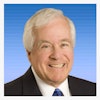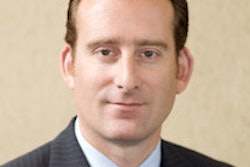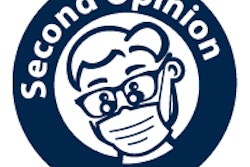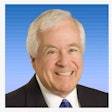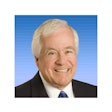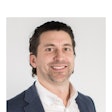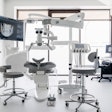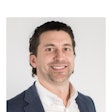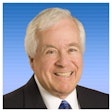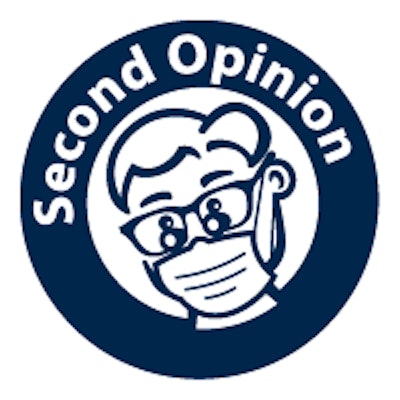
In a recent column, Thomas Climo, PhD, contended that lower costs of capital should bring financial windfalls to anyone selling a dental practice. Climo claimed a practice grossing $1 million with a 15% profit margin should sell for $2,118,644 based on the current costs of capital. In response to this, we'll discuss how a valuation of this magnitude is just not marketable, sensible, or achievable.
We are a group of professionals with different backgrounds and more than 100 years of collective experience in helping dentists buy and sell practices. We are united in our efforts to provide dentists with the information and services needed to make decisions on buying, operating, and selling a practice. We believe dentists are not receiving accurate information regarding dental practice valuations; in particular, the assertion that practices will sell for 14 times adjusted profit. The following article, based on our collective professional experience, debunks his claim and provides dentists with a more accurate framework for understanding the value of a practice.
“We believe dentists are not receiving accurate information regarding dental practice valuations.”
The type of practice that is used in Climo's example would be a broker's dream. It's a practice that would be big enough to draw attention from a dental service organization (DSO) but also still within reach of independent dentists looking to buy their own practice.
Additionally, we think that a 15% profit margin -- after paying the owner a fair market wage -- would be very good for a dental practice. A broker would be able to generate quite a bit of interest and would likely get a buyer to stretch more than usual to purchase the practice. The only problem is that even in the hottest markets of the country this practice would fetch maybe 50% of what Climo suggests -- somewhere in the neighborhood of 1x or 100% of annual revenue.
There are two simple reasons for this: One is basic math and the other is opportunity cost. Let's first take a look at the math.
Using his assumptions on value, a private buyer who needed bank financing would have no chance at buying this practice nor should he or she, as the numbers will attest. If a buyer took a seven-year note out at 5% interest, then the annual debt service would be $373,140. Unless the buyer doesn't pay him- or herself a wage for the duration of the loan, we're not sure how $150,000 in profits pays $373,140 in debt service.
It doesn't get much better if the buyer drags the note out to 15 years. Even in that scenario, the annual debt service is $208,764. In other words, the buyer with a 15-year note will pay out nearly $900,000 in interest to acquire this practice, placing their total investment at better than $3,000,000.
All in all, a $2.1 million valuation on a $150,000 margin practice just doesn't make sense for a financed buyer or the bank lending the money -- too much risk for all with essentially no margin for error.
Let us also quickly examine the 7.08% rate used in the example. Without delving into the academics as to why this rate is far too low, even for a historically low rate environment, using this figure grossly inflates the capitalized earnings valuation in a vacuum. This is a microbusiness fraught with key-man risk and exposure to macroeconomic factors far beyond the owner's control and often visibility.
What if the economy goes through difficulty? What happens if you lose patients? What happens if your employee dentist decides to take another job and you cannot quickly find a replacement?
Let's also flip this around. How much upside is there in a practice that is collecting $1 million at a 15% profit. Depending on the physical plant there may not be an opportunity to grow revenues without a substantial investment in expanding the capacity. At a 15% profit margin the practice is already running very efficiently, and other than some very marginal improvements, it would be unrealistic for a buyer to expect that they would increase that profit percentage or dollars.
The second part of this series will look at DSOs as potential buyers.
Tim Lott is an equity member at Nadean/Lean, Jason P. Wood is a partner at Wood and Delgado, David Zoellick is director of development at Midwest Dental Support Center, Galen Van Otterloo is a specialty sales representative at US Bank Practice Finance, Andy Lemhkuhl is a principal at dental practice consulting firm Edge Advisors, and Michael Bark is a principal at Edge Advisors.
Sean Epp, Robert Joyce, and Rick Shneyder also contributed to this article.
The comments and observations expressed herein do not necessarily reflect the opinions of DrBicuspid.com, nor should they be construed as an endorsement or admonishment of any particular idea, vendor, or organization.



